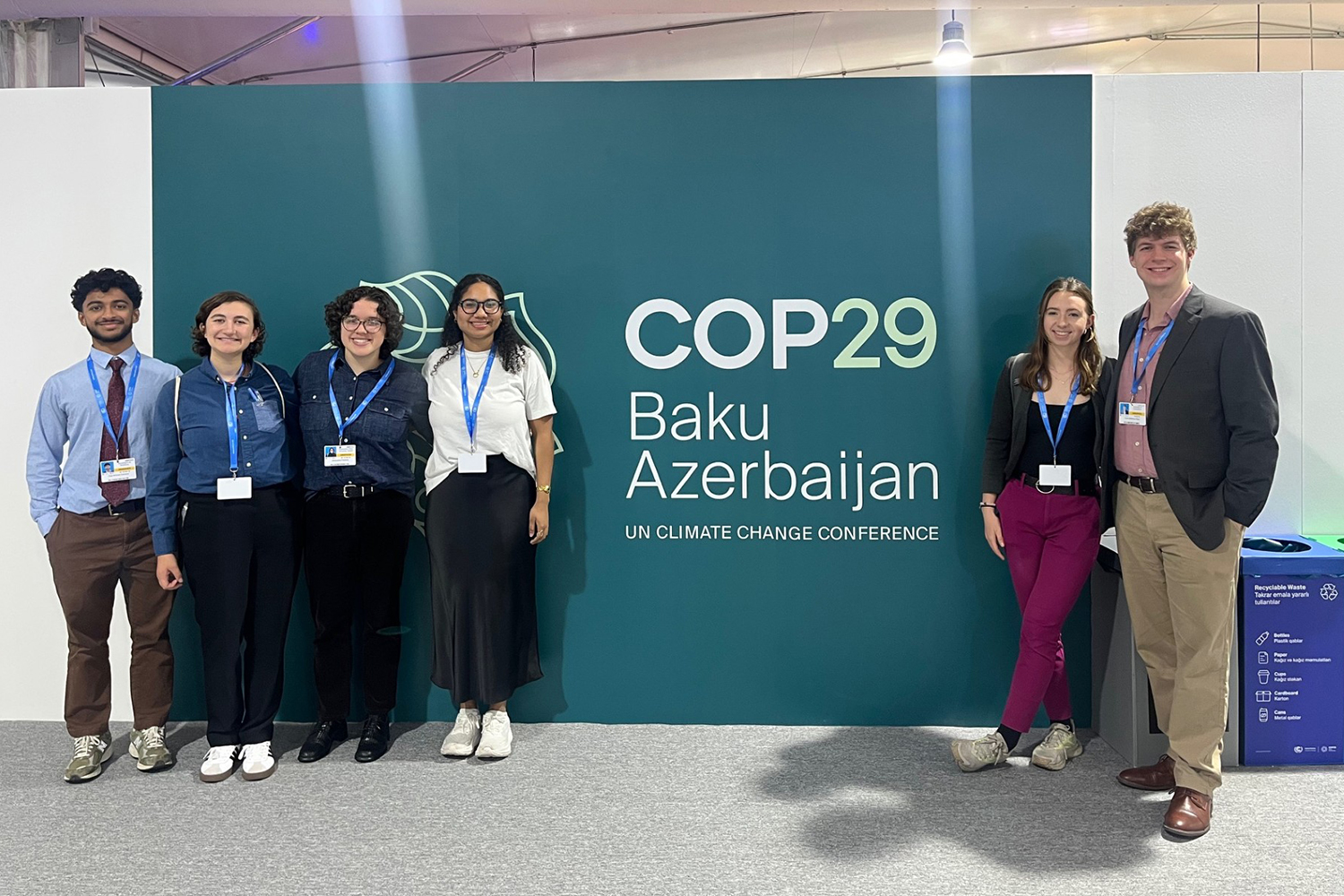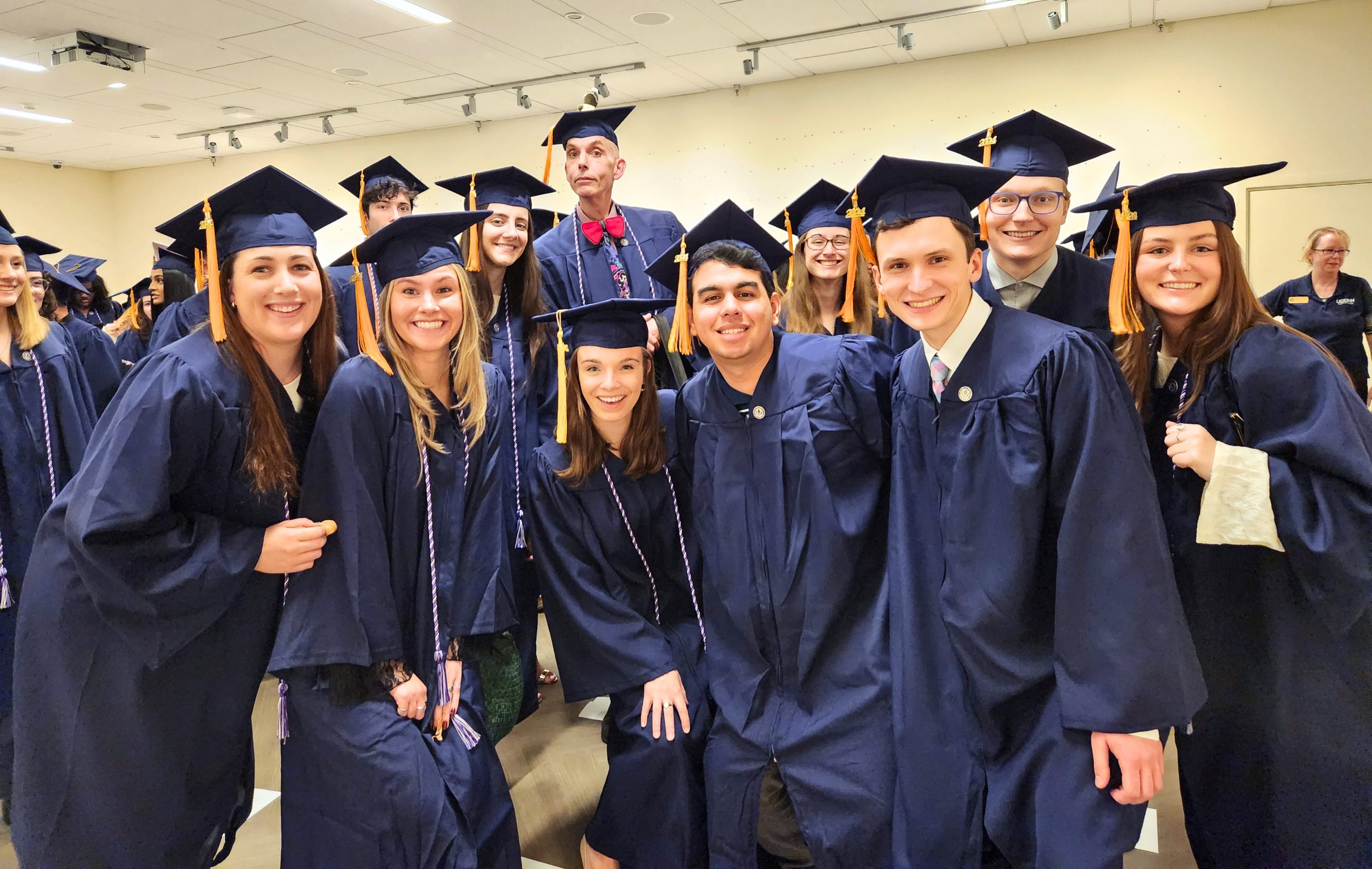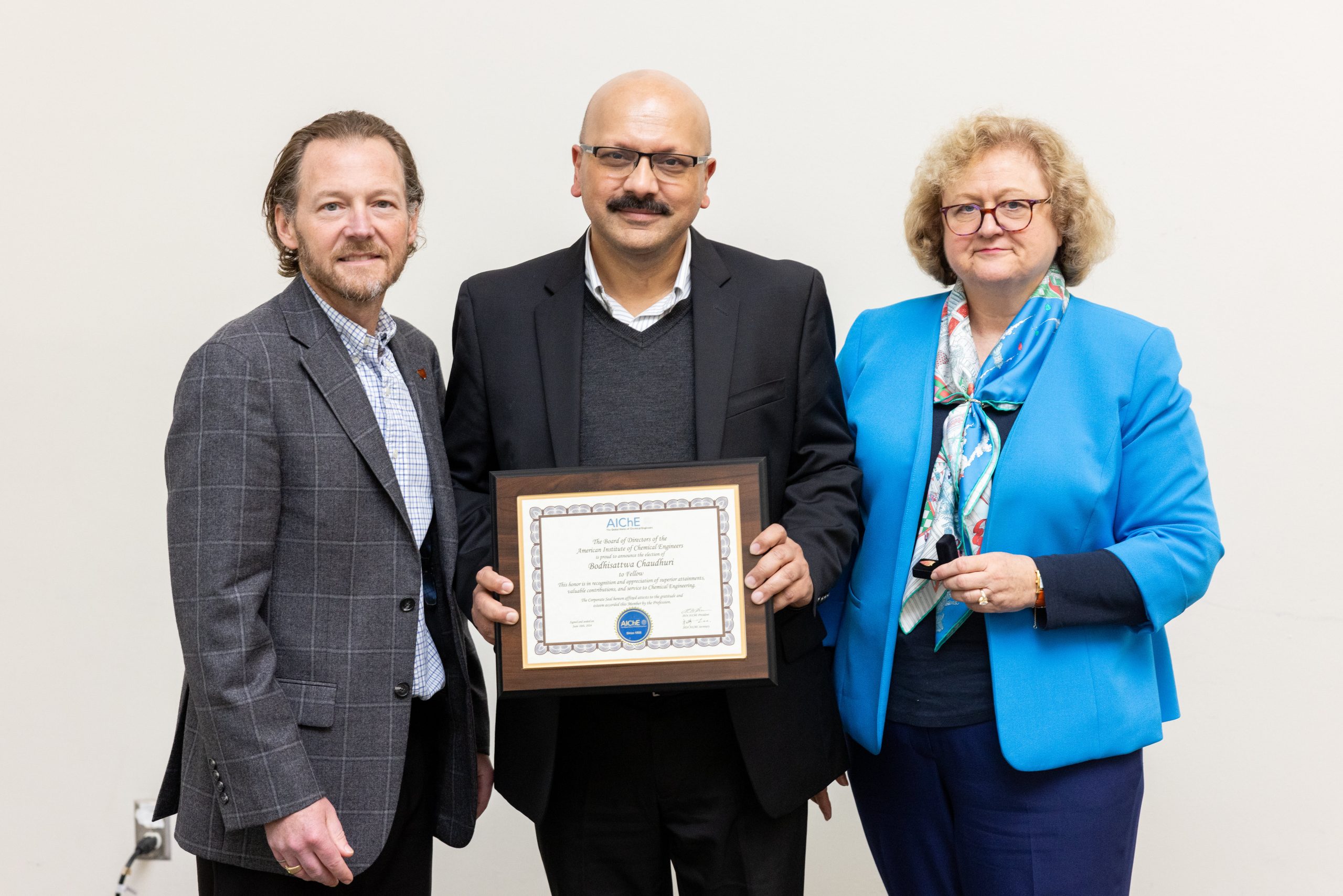Education about the Holocaust can be a powerful tool to open minds to both history and the present. Scholars, students, and survivors will discuss the weight of that memory at a Holocaust remembrance event today at the Dodd Center’s Konover Auditorium.
Holocaust Remembrance Day, or Yom haShoah, is celebrated on the seventh day after Passover to mark the beginning of the Warsaw Ghetto Uprising of 1943, when the Jewish Resistance fought for freedom and dignity against the Nazis in Poland. This year, it falls on Tuesday, April 18.
The event, which begins at 4 p.m. will be live-streamed. To register, visit this link. The event will also be recorded and made available afterwards. UConn Hillel, the Gladstein Family Human Rights Institute, and the UConn Center for Judaic Studies and Contemporary Jewish Life organized the event.
Nina Jacobs, a Holocaust survivor from Poland, will share her testimony and answer questions at the event today. Personal testimony is a powerful method of education about the Holocaust and about genocide more broadly.
“It lends itself to empathy,” says Lacey Schauwecker, program lead for university-level education at USC Shoah Foundation and one of this evening’s panelists. The USC Shoah Foundation has tens of thousands of personal testimonies from survivors of several different genocide events, with the largest collection of testimonials coming from Holocaust survivors. The Shoah Foundation’s research shows that teaching about the Holocaust using testimonials and other relevant materials is associated with students gaining sharper critical thinking skills, a higher sense of social responsibility and a higher tolerance of difference in others.
It can also help to skirt the political rhetoric around an issue and let people learn about both historical and current events. Schauwecker, for example, grew up in Arizona, and remembers hateful language about the border and immigration being pervasive in elementary and high school.
“Hate can convince someone they know something about something they know nothing about,” Schauwecker says. When she began researching Guatemala in graduate school, and learned about the 1980s Guatemalan genocide from first hand accounts, she began to connect the dots between political rhetoric, genocide, and the immigrants at the US border.
In a slightly different type of personal testimony, Connecticut Attorney General William Tong will speak from Auschwitz in a video he made when visiting the site of the former concentration camp last month. In the video, Tong remarks that actually being at the place, a person can feel the evil there and begin to comprehend the true magnitude of the death and human suffering that occurred during the Holocaust.
The state of Connecticut recently mandated Holocaust education as part of the curriculum. At the time, lawmakers were concerned by survey results showing that 60% of American adults surveyed didn’t know what Auschwitz was, nor that more than 1.1 million people, including about a million Jews, were killed in that one place alone.
The mandate is a good step, says Michael Bloom, executive director of Jewish Federation Association of Connecticut (JFACT) and another of the panelists at the event. But teachers still need help.
JFACT has surveyed Connecticut teachers and found that many of them need specific resources on both the Holocaust and other genocides, and ideally a curriculum guide. Effective Holocaust education, and education on genocides more broadly, is an important way to teach kids empathy, Bloom says. Expressions of violent hate have been appearing at both extremes of the political spectrum in the United States, and there have been more frequent public displays of xenophobia and anti-Semitism in recent years. We can’t let those extremist views drown our public discourse, and Bloom puts it simply:
“Topics like this will hopefully help kids speak up.”



